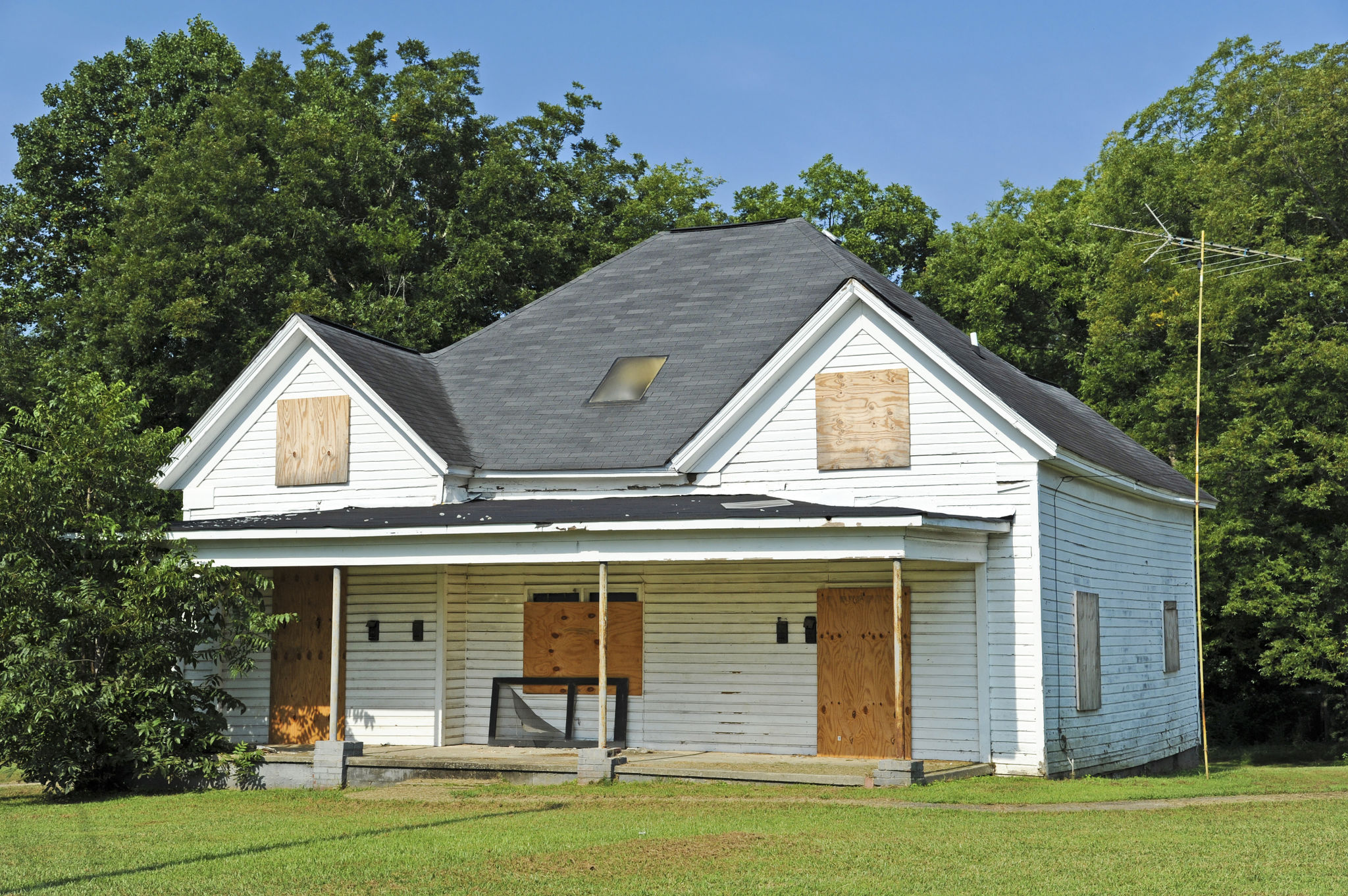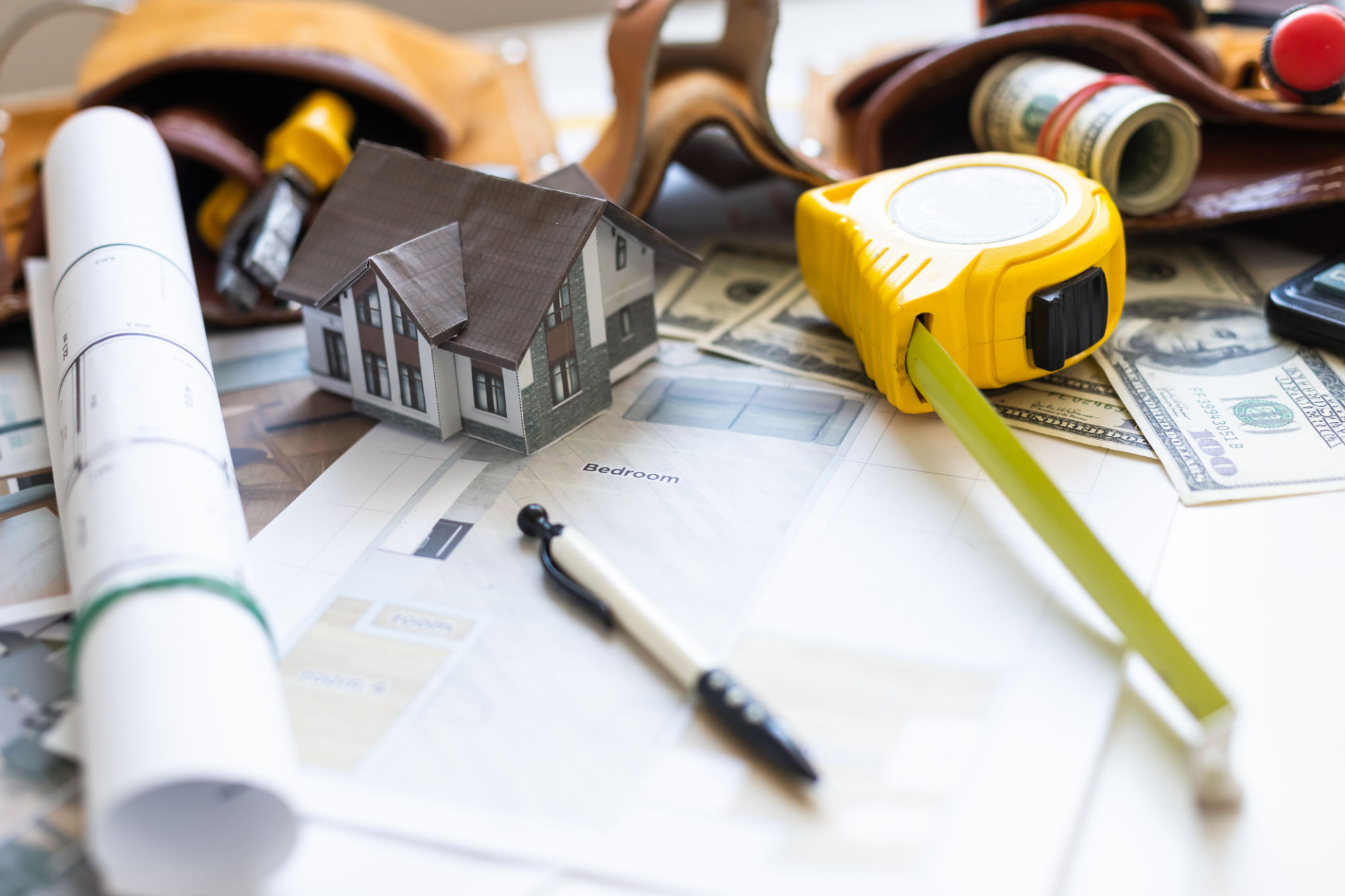Case Study: Transforming a Distressed Property into a High-Yield Asset in Baltimore
Introduction to Distressed Properties
Distressed properties often present a unique challenge but also an incredible opportunity for real estate investors. These properties, usually in disrepair or foreclosure, can be transformed into profitable assets with the right strategy and vision. This case study delves into how a distressed property in Baltimore was successfully transformed into a high-yield asset.

Identifying the Opportunity
The first step in this transformation journey was identifying a suitable property. Located in a promising neighborhood, the selected property had been neglected for years, leading to significant depreciation in its value. Nevertheless, its proximity to local amenities and potential for appreciation made it an attractive investment.
It was crucial to conduct a comprehensive assessment of the property's condition. A team of experts evaluated structural integrity, plumbing, electrical systems, and potential renovation costs. This assessment provided a clear picture of the investment required and the potential returns.
Financing the Project
Financing a distressed property often requires creative solutions. In this case, the investor secured financing through a combination of personal savings, a short-term bridge loan, and a partnership with a local real estate group. The financial plan was structured to ensure sufficient capital for renovations while maintaining cash flow for other operational expenses.

The Renovation Process
With financing in place, the renovation phase began. The project involved extensive repairs and upgrades to restore the property's functionality and aesthetic appeal. Key areas of focus included:
- Structural Repairs: Addressing foundational issues and ensuring compliance with building codes.
- Interior Overhaul: Modernizing the kitchen and bathrooms, installing new flooring, and updating lighting fixtures.
- Exterior Enhancements: Improving curb appeal with landscaping, new paint, and roof repairs.

Managing Challenges
Renovating distressed properties often comes with unforeseen challenges. In this case, unexpected plumbing issues and zoning restrictions required additional attention. The project team worked closely with local authorities and contractors to navigate these hurdles efficiently, ensuring minimal delays.
Effective project management and open communication among stakeholders were crucial in overcoming these challenges, keeping the project on track both financially and temporally.
Transforming into a High-Yield Asset
The transformation culminated in a property ready for the market. By strategically pricing the renovated home, it attracted numerous potential buyers and quickly became a sought-after listing in the area. The final sale exceeded initial projections, showcasing the effectiveness of the transformation strategy.
The success of this project not only provided substantial returns on investment but also contributed positively to the Baltimore neighborhood by enhancing property values and community appeal.

Conclusion
This case study highlights how distressed properties can be transformed into high-yield assets with careful planning, strategic financing, and effective renovation management. For investors looking to capitalize on similar opportunities, understanding the local market and assembling a skilled team are essential steps toward success.
By leveraging expertise and maintaining flexibility to adapt to challenges, investors can unlock potential in distressed properties, turning them into profitable ventures that benefit both their portfolio and the broader community.